Tennis Elbow
Tennis elbow causes pain on the outer side of the elbow because of tiny injuries causing inflammation of tendons around your elbow. In many people, symptoms improve over time just by stopping activities that bring on the symptoms. Painkillers may help to ease the pain until the condition improves. A steroid injection may also ease pain in the short term. However, the pain often returns. Physiotherapy is another treatment option. Other treatments are sometimes used if symptoms persist.
What is tennis elbow and what are the symptoms?
Tennis elbow causes pain on the outer side of your elbow. The medical term for tennis elbow is lateral epicondylitis. This is because the pain is felt around the area of the lateral epicondyle (the lower, outer, bumpy part of your humerus bone in your upper arm).
For most people with tennis elbow, the pain only occurs when they use their forearm and wrist, particularly for twisting movements such as turning a door handle or opening a jar. However, for some people the pain is constant; it occurs at rest and can affect their sleep. The pain may travel down your arm from your elbow towards your wrist. You may find it difficult to hold items such as a knife or fork, a cup or a pen, or to straighten your arm fully. Some people also notice a stiffness in the affected arm.
Golfer's elbow is the name given to a similar condition that produces pain around the inner side of your elbow.
What causes tennis elbow?
The site of the pain in tennis elbow is where some tendons from your forearm muscles attach to the bone around your elbow. The pain is thought to be due to an injury, or several tiny injuries, to one or more of these tendons. An injury can cause a tiny tear to a tendon and lead to inflammation and scarring of the tendon.
Injuries are usually caused by overuse of your forearm muscles in repeated actions such as wringing clothes or manual work (particularly with twisting movements such as using a screwdriver). Playing tennis or other racquet sports can also cause tendon injuries. However, despite being called tennis elbow, racquet sports are only thought to be the cause in about 5 in 100 cases. In most people, tennis elbow affects your dominant arm (the arm that you write with).
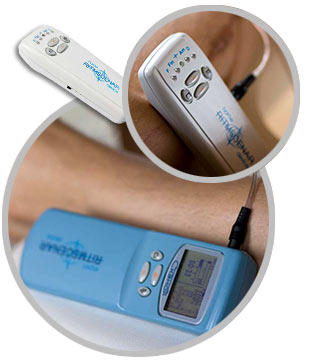 Who gets tennis elbow? - About 5 in 1,000 adults develop tennis elbow each year. It mainly affects people between the ages of 35 and 55. Women and men are affected equally.
Who gets tennis elbow? - About 5 in 1,000 adults develop tennis elbow each year. It mainly affects people between the ages of 35 and 55. Women and men are affected equally.Tennis elbow is more likely to occur if you have unfit forearm muscles. For example, if you suddenly play a lot of tennis whilst on holiday, or you do a DIY project or some gardening when you are not used to strong forearm actions. However, even if you are used to heavy work, you can overdo it and injure a tendon. People whose work involves repeated twisting and gripping actions, such as carpenters and plasterers, are prone to getting tennis elbow.
However, it can sometimes be difficult to pinpoint an exact event that started your symptoms. In some people, the condition develops for no apparent reason without any prior overuse or injury to their arm. Since many other conditions can cause pain around the elbow, it is important that you seek medical advice from your doctor so the correct diagnosis can be made.
While tennis elbow afflicts a very large percentage of people who play racket sports, most people who develop tennis elbow do not play racket sports. Golfing is also a known cause, and work that involves frequent use of the forearm muscles – painting and plumbing, for example – are also associated with the onset of tennis elbow.
Both these conditions can be very painful and restrictive but scenar therapy has proven to be very effective in treating these conditions - either rapidly reducing pain levels or completly eliminating.
Scenar treatment for elbow pain utilises the intelligent and targeted electrical impulses of the device to stimulate C-fibre nerves directly over the elbow. Successive signals are only transmitted after the device has recorded and analyzed the body's response to the previous signal – as expressed in the measurable electrical properties of the skin – and the following impulse is designed to enable maximum stimulation of the immune system healing functions within the elbow joint.
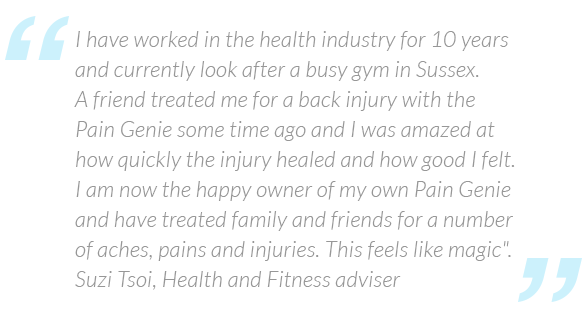
FEATURED PRODUCT
WHAT PEOPLE ARE SAYING
Alison Smithson
I bought the Pain Genie Home Scenar for a painful knee condition. It worked extremely well on the knee but even better was the result I got after falling down t Read More ›
Caroline
To anyone thinking about Scenar treatment, Over a number of years now my health has deteriorated due to stress related issues. These were brought on by living i Read More ›
Claire
I suffered from very painful RSI for years as a result of computer work. I had some Pain Genie Scenar treatments and now am pain free. Nothing else had the same Read More ›
Derek
Following neurological damage to the face and neck after dental work I had tried most things to calm down the various nerve and muscle pains I was experiencing; Read More ›
Derek Moore
Attending my usual weekly pilates class at the local gym the teacher Pam was struggling herself raising her leg in one of the stretching exercises. At the end o Read More ›


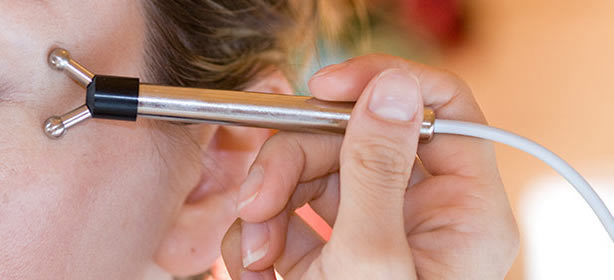
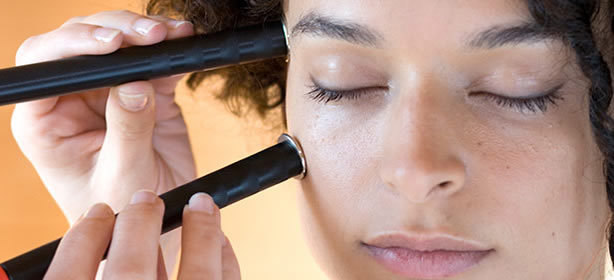



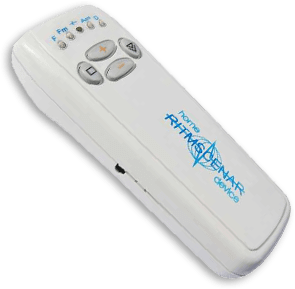
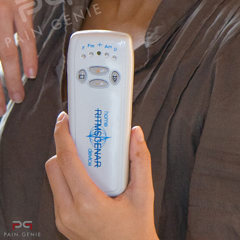
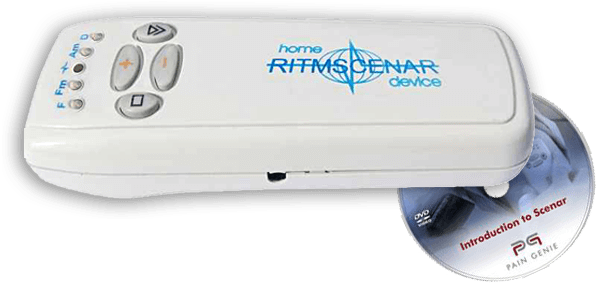
 020 7873 2206
020 7873 2206

